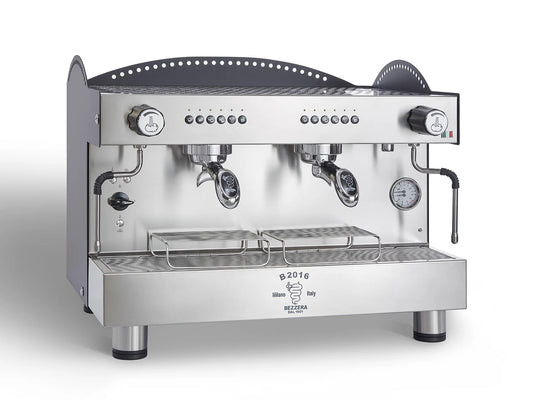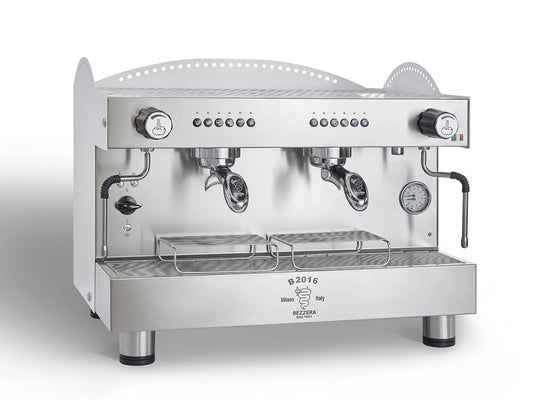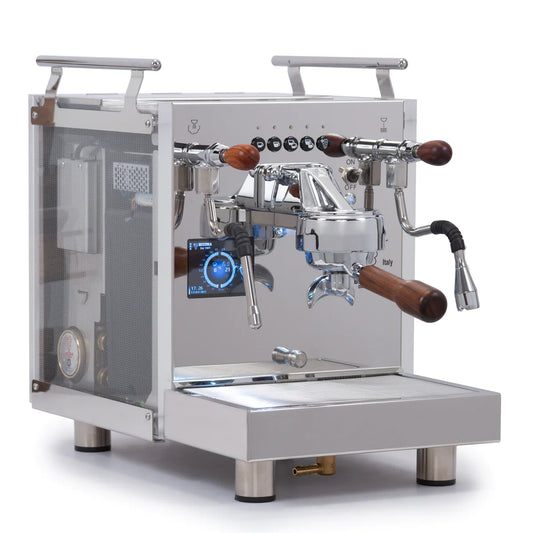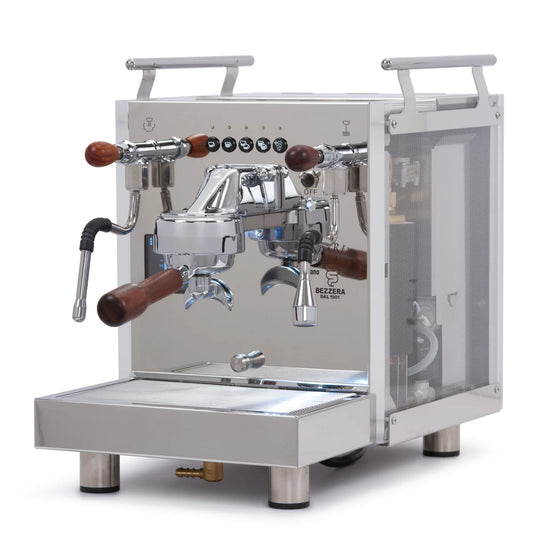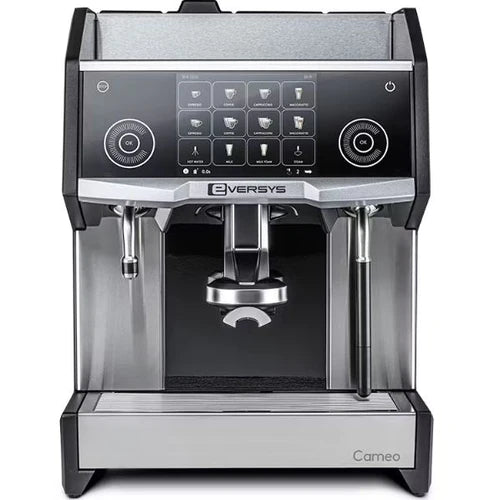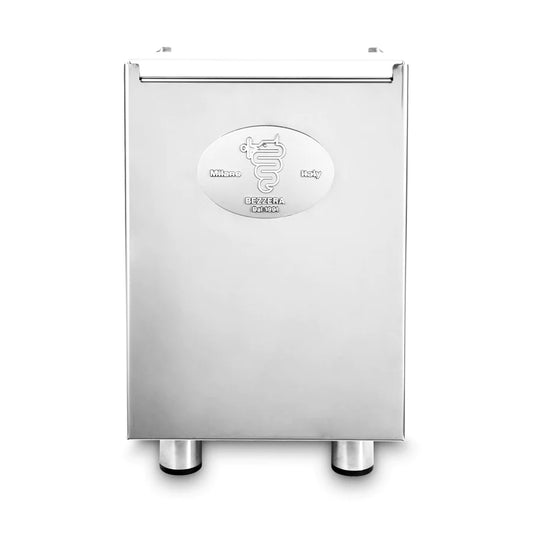Microplastics in Your Tea: A Health Concern Brewing in Every Cup
Table of Contents
- Key Highlights:
- Introduction
- What Are Microplastics?
- How Do They Get into Our Bodies?
- What Did the Study Find?
- A Closer Look at Microplastics in Popular Drinks
- Are Microplastics Harmful to Our Health?
- The Broader Environmental Context
- What Can Consumers Do to Reduce Exposure?
- Ongoing Research and Future Implications
Key Highlights:
- Microplastics in Beverages: A recent study found microplastics in all 155 beverage samples tested, highlighting the ubiquity of these particles in hot and cold drinks, particularly tea and coffee.
- Health Implications Unclear: While studies suggest potential health risks associated with microplastics, the exact impact on human health is still being researched, with some links to severe conditions noted.
- Sources of Microplastics: Microplastics originate from degraded larger plastics and can enter our bodies through food, drinks, and even inhalation, making them a widespread environmental concern.
Introduction
The age-old tradition of enjoying a cup of tea may now come with an unsettling realization: microplastics have found their way into our favorite brews. Recent research has uncovered that not only tea but a variety of beverages contain microscopic plastic particles. Known as microplastics, these tiny substances are a byproduct of larger plastic products breaking down in the environment. The implications of consuming microplastics are alarming, given their potential to infiltrate human organs and tissues. This article delves into the insidious presence of microplastics in our beverages, the methods by which they enter our bodies, and the ongoing search for clarity regarding their impact on health.
What Are Microplastics?
Microplastics are defined as plastic particles smaller than 5 millimeters. They are created through various pathways: the degradation of larger plastic items, processes involving industrial activities, and the shedding of synthetic fibers during laundry. As these materials break down, they can become airborne, settle in soil, infiltrate waterways, and, ultimately, enter the food chain. The myriad sources—from farming equipment to damaged plastic products—contribute to their pervasive presence in the environment.
The alarming reality is that microplastics are now ubiquitous. They can be found in everything from bottled water and food packaging to clothes made from synthetic materials. This has resulted in increased concern among researchers regarding their impact on human health, as these particles can easily make their way into our diets.
How Do They Get into Our Bodies?
Microplastics can enter our bodies through multiple channels, primarily through consumption and inhalation. Studies indicate that these particles can contaminate air, soil, and water supplies, leading to widespread ingestion through food. Despite their small size, microplastics can penetrate plant roots and bioaccumulate in livestock, ultimately entering human diets when we consume products derived from these contaminated sources.
Furthermore, the microplastics found in beverages like tea originate from the tea bags themselves. Most tea bags are crafted from polypropylene, a plastic material that has been shown to release upwards of 1.2 billion plastic particles per milliliter under hot water conditions. As we brew a cup of tea, especially with lower-quality tea bags, we're not only extracting flavor but also countless microplastics.
Analyzing a variety of drinks, researchers found notable levels of microplastics across different beverage types, prompting a deeper investigation into the environmental and health implications of these findings.
What Did the Study Find?
The study, which gathered data from a diverse range of beverages, has shed light on the widespread contamination of our drinks. An extensive analysis involving 155 different samples revealed microplastics ranging from 10 to 200 micrometers in size. Notably, it appears that both the temperature at which drinks are served and the materials from which they’re contained play crucial roles in the presence of microplastics.
Tea and Coffee: The Plastic Paradox
The research indicated that hot beverages, particularly tea, contained higher concentrations of microplastics than cold ones. For instance, hot tea served in disposable plastic cups had an average of 22 microplastic particles per cup, compared to 14 in a glass cup. Even more concerning, premium tea bags were found to release 27 to 30 microplastics per cup, suggesting that cost does not equate to safety.
In coffee, similar trends emerged. Hot coffee served in paper cups averaged 16 microplastics, while cold brews in PET bottles recorded 11 microplastics, originating from both the bottles and any ice used. This study not only underscored the severity of microplastic contamination in tea and coffee but also prompted further inquiry into the pervasiveness of plastic across various beverage types.
A Closer Look at Microplastics in Popular Drinks
Beverage Microplastic Levels
The findings regarding microplastics in beverages reveal alarming patterns. Here is a breakdown of the average microplastics found per liter in several popular drink categories:
- Hot Tea: 60–81 MPs
- Hot Coffee: 43–57 MPs
- Iced Coffee: 36–43 MPs
- Iced Tea: 31–38 MPs
- Fruit Juice: 30–41 MPs
- Energy Drinks: 21–32 MPs
- Soft Drinks: 17–21 MPs
These levels demonstrate that microplastics are not reserved solely for hot beverages but are prevalent across a wide variety of drink options, underscoring the need for greater public awareness and research into how these particles affect our health.
Are Microplastics Harmful to Our Health?
Despite extensive research into the prevalence of microplastics, the direct impact on human health remains uncertain. Studies conducted on animals show that microplastics can adversely affect the gut, lungs, and even reproductive systems. However, translating these findings to human contexts is complex, as ongoing research aims to decode the potential risks associated with long-term exposure.
While some early studies have made connections between microplastics and severe health conditions—including preterm births, cardiovascular diseases, and cognitive decline—the scientific community urges caution in drawing definitive conclusions. The potential link between microplastics and health issues demonstrates the necessity for more rigorous research and public health assessments.
The researchers involved in the recent beverage study stated, "Our findings highlight the potential health risk associated with microplastic contamination in tea. Continued exposure to microplastics through drinks may contribute to daily intakes, leading to potential adverse implications for health." Understanding these risks will be a challenge for public health professionals as they evaluate the long-term effects of microplastic consumption.
The Broader Environmental Context
The emergence of microplastics in our beverages is part of a larger environmental crisis. Plastic pollution has reached epidemic proportions globally, with millions of tons entering oceans, rivers, and landfills each year. This pollution disrupts ecosystems and threatens wildlife, leading to calls for sustainable practices and policies aimed at reducing plastic use.
Efforts to mitigate plastic contamination are ongoing at various levels, from local clean-up initiatives to international treaties aimed at combating plastic waste. Consumer choices play a pivotal role in addressing this crisis—opting for glass or metal containers, supporting biodegradable products, and advocating for policies that reduce single-use plastics are all steps towards decreased microplastic presence.
What Can Consumers Do to Reduce Exposure?
Awareness is the first step toward reducing microplastic exposure in our diets. Here are practical actions consumers can take:
- Select Loose Leaf Tea: Choosing loose leaf tea over tea bags can significantly reduce exposure to microplastics. Many loose teas come packaged in environmentally friendly materials, minimizing added plastic.
- Upgrade Drink Containers: Opting for glass or stainless steel containers instead of plastic can reduce the likelihood of microplastic contamination.
- Be Mindful of Food Packaging: Avoiding excessively packaged foods can help decrease overall plastic consumption and potential microplastic ingestion.
- Use a Water Filter: Many water filters can reduce the presence of microplastics in drinking water, providing an additional safeguard.
Ongoing Research and Future Implications
As researchers continue to investigate the complexity of microplastics and their impact, the findings from studies like the one examining beverage contamination inform public policy and health initiatives. Investments in clean technology, recycling advancements, and public education on plastics utilization will be essential components in addressing this pervasive issue.
In the coming years, society's understanding of microplastics will likely evolve as researchers uncover new information on the implications for human health and the environment. Ongoing dialogue regarding sustainable practices, consumer behavior, and corporate responsibility will pave the way for meaningful change.
FAQ
1. What are microplastics?
Microplastics are tiny plastic particles smaller than 5 millimeters, often originating from the breakdown of larger plastic products in the environment.
2. How do microplastics enter the human body?
Microplastics can enter the body through inhalation, ingestion from food and drinks, or dermal absorption from contaminated products.
3. What health concerns are associated with microplastics?
While studies indicate potential links between microplastics and various health issues, including reproductive and cardiovascular problems, definitive conclusions regarding their effects on human health are still being researched.
4. How prevalent are microplastics in beverages?
Studies have found microplastics in numerous beverages, with higher concentrations in hot drinks like coffee and tea compared to cold beverages.
5. What steps can consumers take to reduce microplastic intake?
Switching to loose leaf teas, using glass or stainless steel containers, avoiding heavily packaged foods, and utilizing water filters can help minimize microplastic ingestion.
In essence, the discovery of microplastics in commonplace beverages serves as a wake-up call regarding the impacts of plastic pollution in our lives. As research progresses, ensuring a sustainable future free from plastic contamination in our food and drink is a challenge that requires collective action on all fronts.

